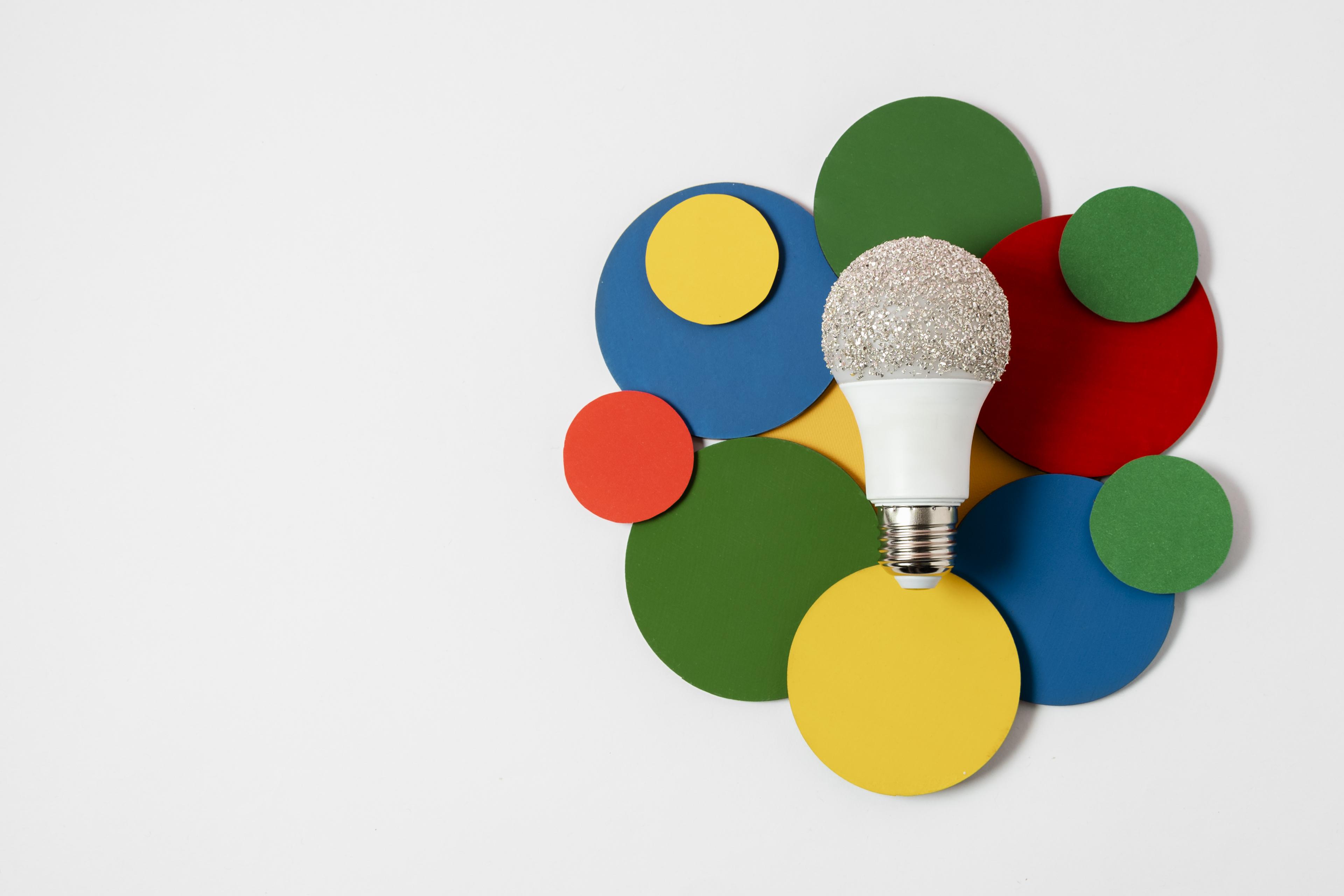info@sadi.co.ke
+254727368241
In a world increasingly concerned with sustainability, design has a critical role to play. Circular design thinking is transforming how products, services, and digital experiences are built, focusing not just on functionality but also on longevity, reusability, and environmental responsibility. Instead of the traditional “make, use, dispose” model, circular design emphasizes creating systems where materials and resources continually cycle back into use.
What is Circular Design Thinking?
Circular design thinking is a framework that integrates sustainability into every stage of the design process. From concept to end-of-life, it encourages designers to consider how a product or digital service can be reused, repaired, or recycled, reducing overall waste.
Key Principles of Circular Design
Design for Longevity – Products and services are made to last, minimizing planned obsolescence.
Reuse and Repurpose – Materials are designed with second-life uses in mind.
Closed Loops – Systems are built where waste becomes input for new products.
User-Centered Sustainability – Encouraging responsible user behaviors through thoughtful design.
Circular Design in the Digital World
Circular principles are not limited to physical products. In digital design, they can be seen in:
Modular Interfaces – Elements that can be adapted or repurposed across platforms.
Sustainable UX – Interfaces that encourage energy-efficient habits, such as dark modes and optimized performance.
Cloud and Hosting Efficiency – Designing platforms that minimize data redundancy and optimize resource use.
Benefits of Circular Design
Adopting circular design thinking offers multiple advantages for businesses and consumers:
Environmental Impact Reduction – Less waste and carbon emissions.
Cost Efficiency – Lower production costs through reuse and recycling.
Brand Value – Consumers increasingly prefer eco-conscious brands.
Innovation Driver – Encourages creative thinking beyond traditional models.
Challenges to Overcome
Despite its promise, circular design comes with hurdles:
Complex Supply Chains – Ensuring materials are recoverable and recyclable.
Higher Initial Costs – Sustainable processes may require larger upfront investments.
Behavioral Change – Success relies on both businesses and consumers embracing reuse and recycling.
The Future of Circular Design Thinking
As regulations tighten and customer demand for sustainability grows, circular design thinking will evolve from a trend to a necessity. AI and advanced analytics will play a growing role in identifying opportunities for resource optimization and sustainable product cycles.
Circular design thinking is reshaping the way we approach innovation. By designing with reuse, recycling, and responsibility in mind, brands can not only reduce environmental impact but also future-proof themselves in an economy that increasingly values sustainability.
 October 03, 2025 - BY Admin
October 03, 2025 - BY Admin